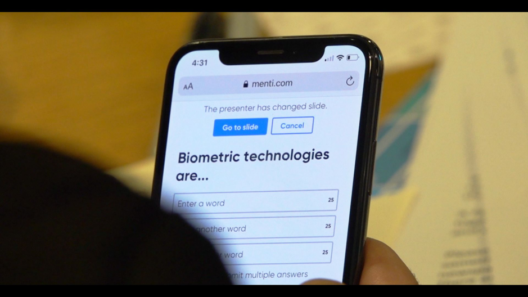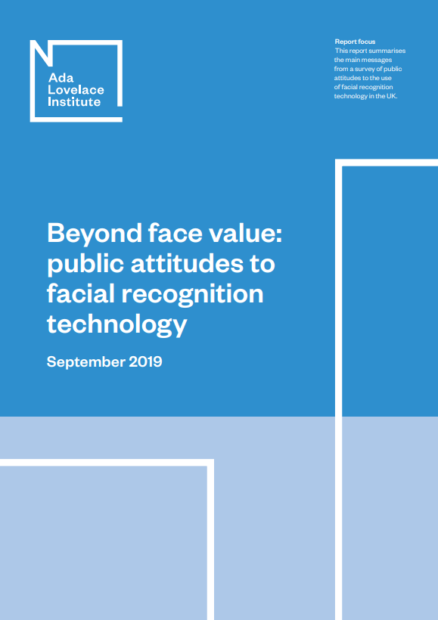Emerging approaches to the regulation of biometrics: The EU, the US and the challenge to the UK
What we can learn from international developments in the governance and regulation of biometric technologies

Biometrics technologies have entered into use across the globe, in advance of regulatory controls.
After years of evidence building, especially concerning racial and gender bias, accuracy and privacy, we are now seeing the emergence of regulatory responses to the use of biometric technologies in both the USA and Europe.
A patchwork of US state-level regulation is emerging, focusing principally on limiting deployments of facial recognition technology. The European Commission’s recent proposals on the regulation of AI have singled out some forms of biometric technology as high risk and imposed strict conditions on their use.
This event looks at what these developments can tell us about the future governance of biometric technologies in the US, Europe and elsewhere – and what UK politicians and regulators could learn from others’ attempts to regulate this diverse and complex set of technologies.
Watch the event back here:
This video is embedded with YouTube’s ‘privacy-enhanced mode’ enabled although it is still possible that if you play this video it may add cookies. Read our Privacy policy and Digital best practice for more on how we use digital tools and data.
Chair
-
Imogen Parker
Associate Director (Society, justice & public services)
Speakers
-
Amba Kak
Director of Global Policy and Programmes, AI Now Institute -
Brenda Leong
Senior Counsel and Director of AI and Ethics, Future of Privacy Forum -
Professor Fraser Sampson
UK Commissioner for the Retention and Use of Biometric Material and UK Surveillance Camera Commissioner
In particular, we ask:
- Why has there been such a tight focus on facial recognition to date, when other biometric technologies present equivalent benefits and harms?
- How might regulation effectively address other forms of biometric technologies, such as emotion recognition and categorisation?
- What issues do the EU and US legislation try to address, and what approaches do they use?
- Can we talk about an emerging, distributed US approach to the governance of biometrics, or does the US need to introduce federal regulation of the technology?
- What is the thinking behind the EU’s tiered approach to the regulation of biometric technologies, and does this give more license to some uses and forms of biometrics?
- What can we learn from these legal and regulatory developments in a global context and, in particular, for the UK’s approach to the governance of biometrics?
This event brings together experts on the regulation of biometric technologies from the UK and elsewhere.
Image credit: koto_feja
Related content

What is or isn’t OK when it comes to biometrics?
Reflections from round one of the Citizens' Biometric Council.

Regulation of biometrics debated
To mark the beginning of an independent review on the governance of biometric data, Ada hosted a debate on UK biometrics regulation

Facial recognition technology needs proper regulation – Court of Appeal
The appeal of R (Bridges) v Chief Constable of South Wales shows that, when it comes to facial recognition technology, the status quo cannot continue.

Beyond face value: public attitudes to facial recognition technology
First survey of public opinion on the use of facial recognition technology reveals the majority of people in the UK want restrictions on its use